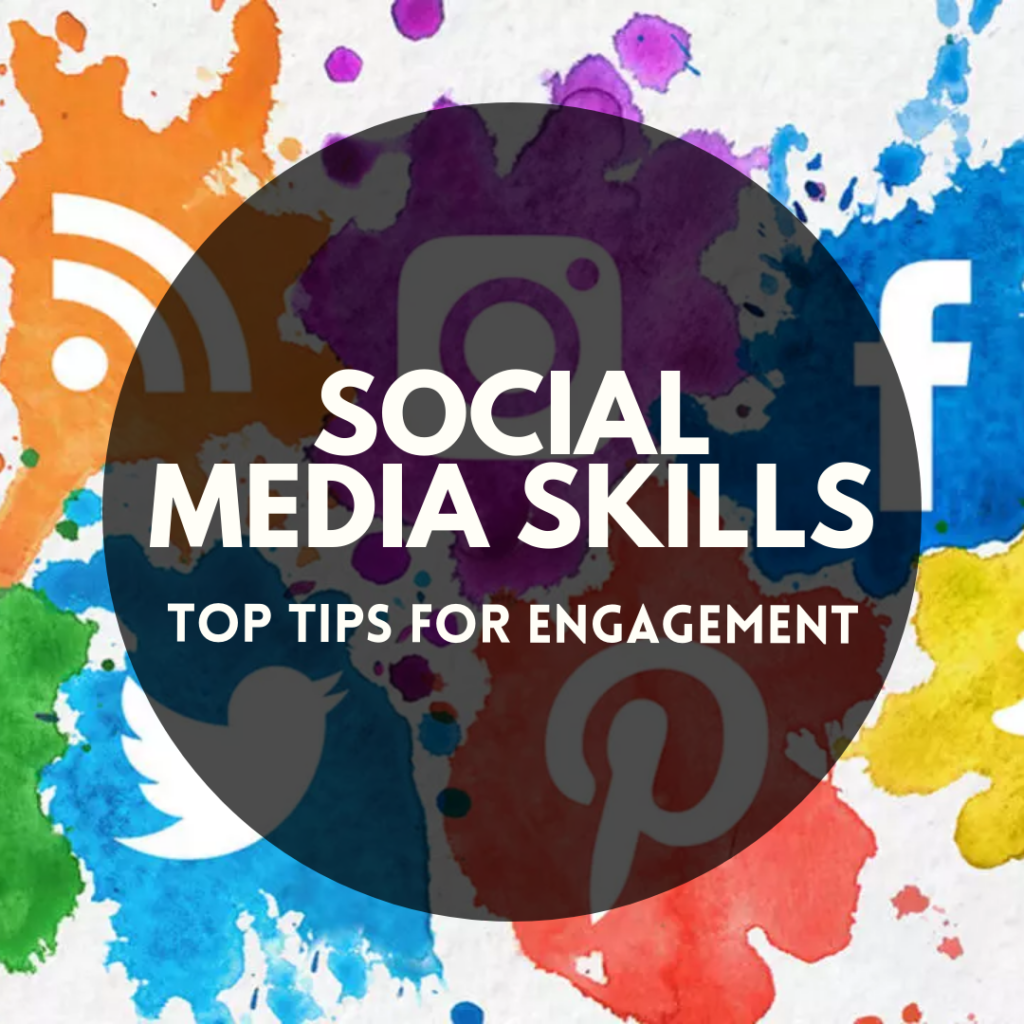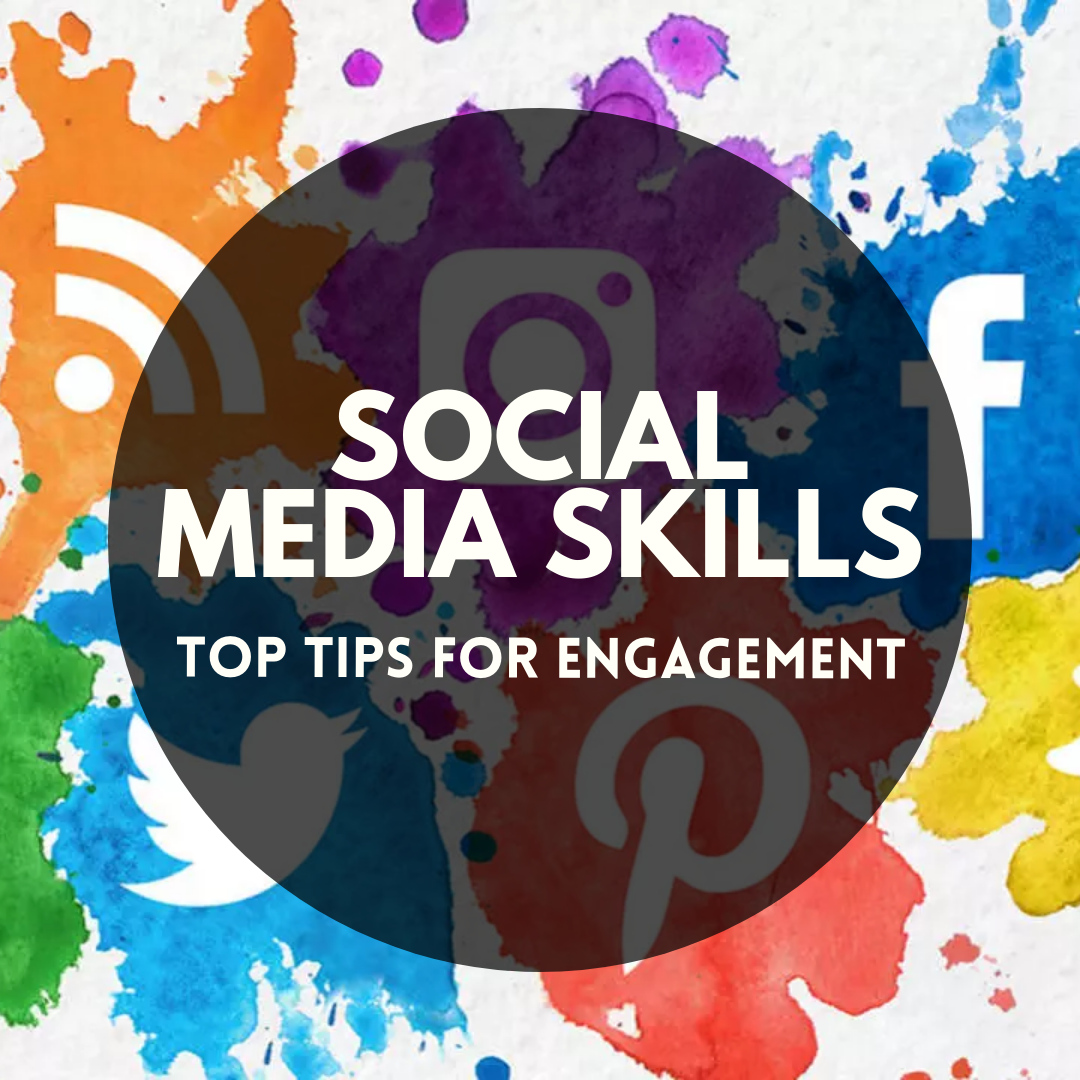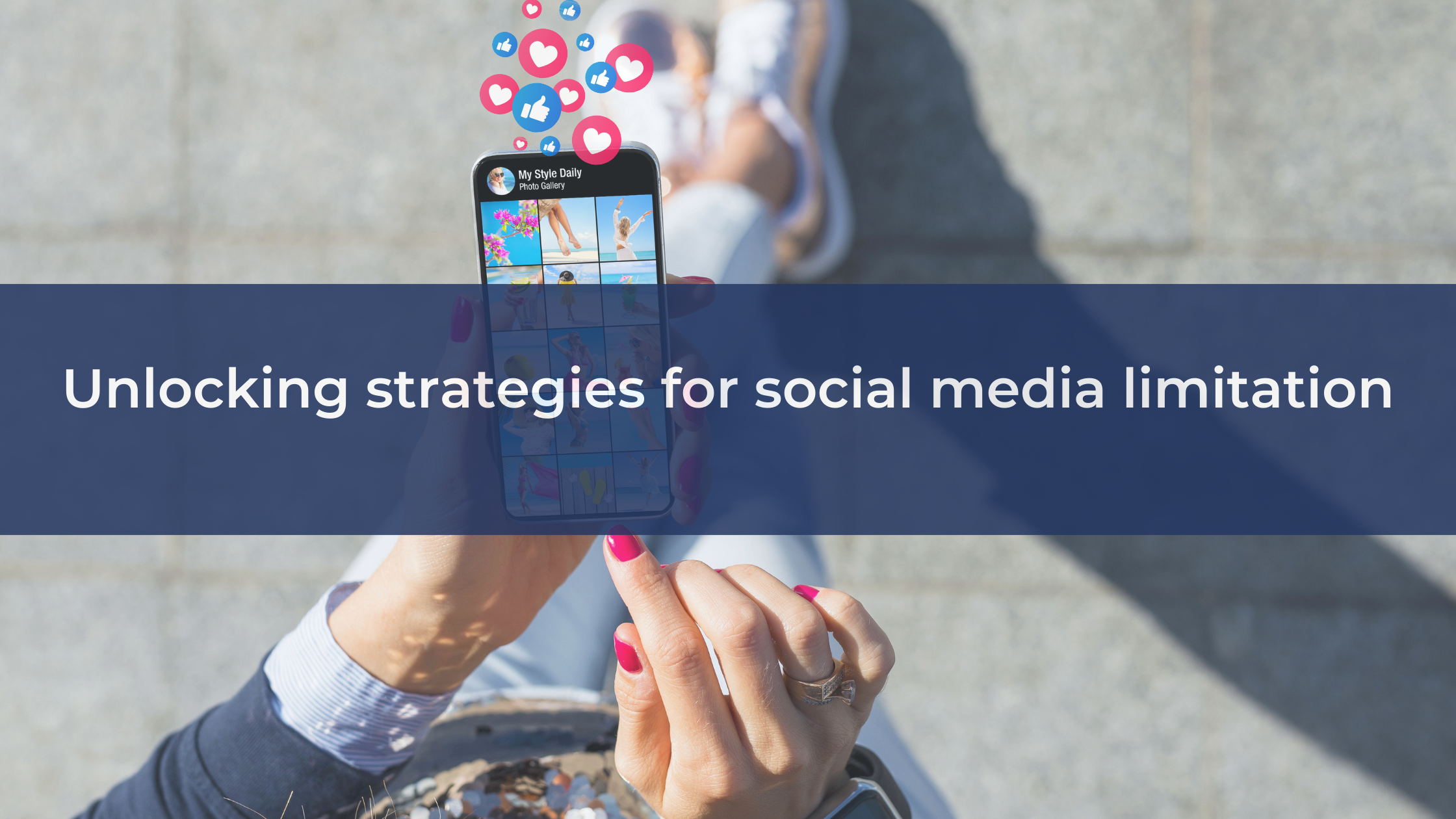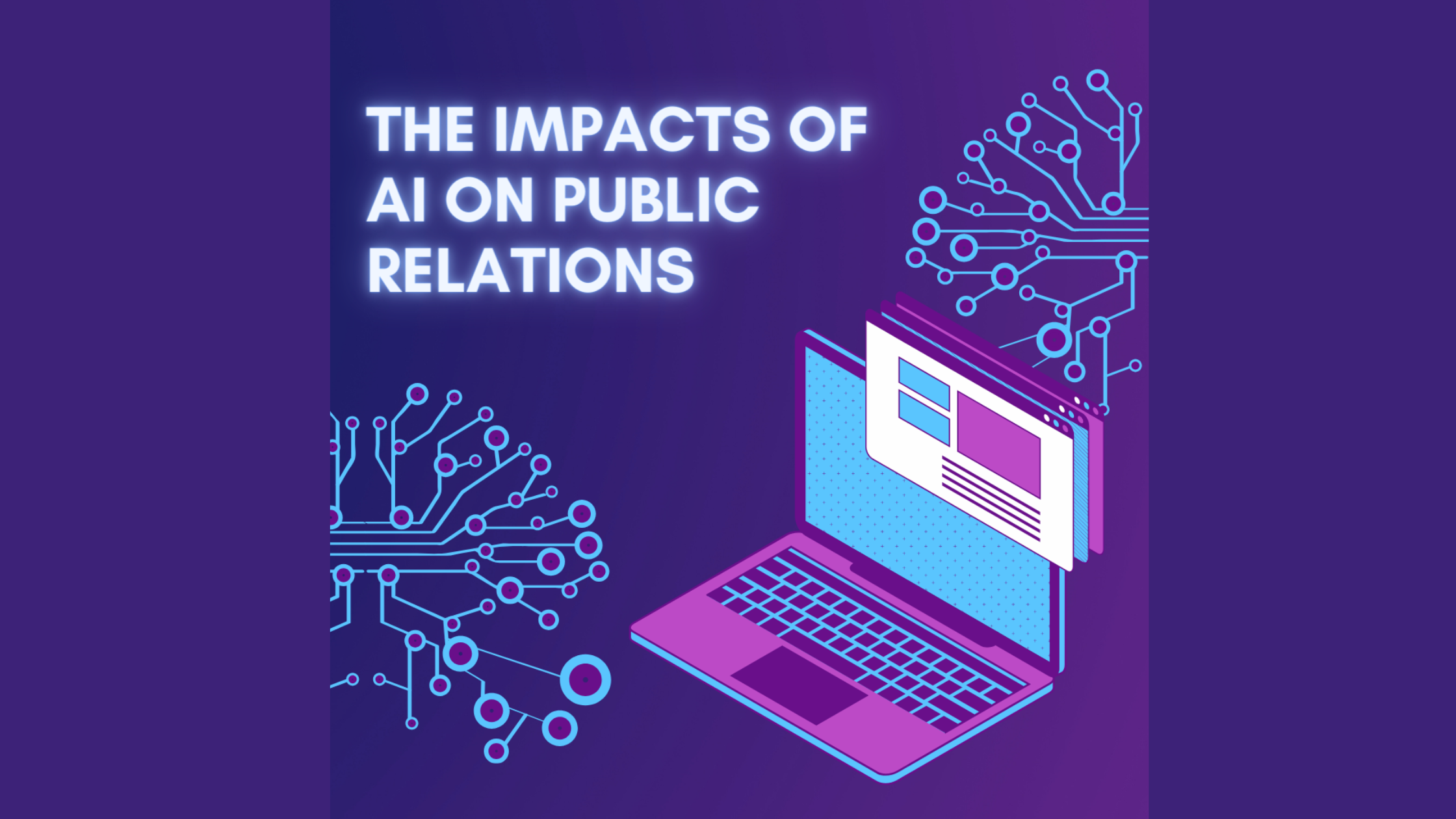
Social media is a tool that holds great power and potential. Used properly, it can drive social progress, unite global communities, and create a common sense of duty and responsibility. Used improperly, however, social media can be devastating. With so much potential –positive or negative – many organizations and individuals are left with the following questions: How can we use social media to meaningfully engage with online audiences? How can we take this potentially harmful platform and use it to build communities, policies, and activities that support our relationships and wellbeing? There are no simple answers to these questions, but there are a few things that everyone should keep in mind when it comes to social media and online engagement:
# 1: Platform
When engaging new audiences, it is important to first identify the who, what, where, why and when of your target group. Any millennial or Gen-Z will tell you that Facebook is an “old person” platform that only their parents and grandparents use, while TikTok is the preferred platform for youth audiences. Moreover, the most common platforms in North America – YouTube, TikTok, Instagram, Twitter, and Facebook – might not be the most popular in other areas of the world. In fact, the most widely used social media platform in China is WeChat, a social networking app that has relatively few users in Canada. Choosing the appropriate platform to reach your target audience is therefore the first step in creating meaningful social media engagement.
# 2: Authenticity
People follow organizations based on their interest in the organization’s mission, values, and activities. They want to engage with content related to these interests and are therefore more engaged by posts that align with these topics in an honest and authentic way.
Consider Dove’s highly successful Real Beauty campaign or American Eagle’s AerieREAL campaign. What do these marketing strategies, based largely on social and digital media, both have in common? They are focused on authenticity. While profitability and market share are undoubtedly still a goal of these campaigns, their widespread success can largely be attributed to the organization’s desire to keep things “real” by depicting bodies of all sizes, ages, and ethnicities.
Dove and Aerie’s campaigns highlight another important area of authenticity – images and graphics. Heavily edited, photoshopped, or altered images misrepresent reality and leave people feeling uncertain and uncomfortable in their own skin. Instead, use honest images and graphics that enhance the viewer’s perception of themselves and their peers.
#3: Relevance
Closely related to the topic of authenticity is the concept of relevance. In today’s social media climate, users are bombarded with messages on a variety of topics such as current events, social movements, and advertisements. Trending topics are frequent and widespread, making it increasingly difficult for users to filter through the noise and determine what is truly important to them. This means it is more important than ever for organizations to carefully consider their values, their audience’s values (which are not always the same as their own) and take time to prepare responses to trending topics. And just because a topic is trending doesn’t mean that an organization has to respond to it immediately, or at all. Carefully considering viral trends and selectively responding to those that are most relevant to your organization will help engage users in a more tactful and meaningful way.
#4: Accessibility
A major pillar of public engagement in any context, and arguably most important in the social media realm, is accessibility. Many people understand what is involved in enhancing physical accessibility – perhaps you think of wheelchair ramps, railings, elevators, or accessible parking spots – but fewer people understand what accessibility means in a digital context.
Firstly, think of your word choice. When engaging social media audiences, it is important to use words, tone, images, videos, and topics that they understand and can relate to. For example, if you are drafting a call for the public to participate in your study, the academic side of your brain might want to say: “Call for Participants: Applied Nutrition Research Study,” but chances are the average person won’t know what this means. Instead, you might want to say “Do you like to eat? Join our research study to help us learn more about food.”
Graphics and videos represent another important facet of accessibility. Wherever possible, organizations should strive to include alt text (a simple image description) or video captions to cater to audiences that have auditory or visual impairments. Hashtags also help the user understand the post, its related topics, and call to action.
On a tactical level, organizations can improve accessibility and overall engagement with their posts by using descriptive calls to action. Instead of saying “click here to read more,” try “sign up at [URL]” or “Read more [URL].” This makes it easier for users to understand the call to action and locate the link to more information.
# 5: Responsiveness
Have you ever messaged someone – a friend, customer service agent, or organization – only to be met with silence? Their lack of response probably didn’t feel great. Perhaps it changed your perception of them altogether. The same phenomenon happens on social media. Users expect to engage with organizations (both large and small) on an intimate level. They expect timely responses to their inquiries and honest two-way dialogue that meets their needs and enhances relationships. This is a tall order for some organizations – particularly those that have a large following – but it is nonetheless an important part of engagement. Social media is no longer simply a tool for mass communication; the ownness is on organizations to respond to, and facilitate engagement with, large online audiences.
Whether you’re looking for ways to reach out to new audiences, or are refining your social media engagement skills, there are lessons to be learned at every step along the way. Social media is a constantly evolving platform with incredible potential to reach wide audiences and build meaningful relationships. Used properly, it can increase engagement and drive forward social progress. Used improperly, however, it can have the opposite effect. As you reconsider your personal or professional social media usage, try to incorporate these key facets of engagement. Remember that social media is not just a tool for one-way mass communication. As appealing as this approach might be, engagement will only come with consistent monitoring, responding, evaluating, and adapting to your audience’s needs.
What engages you?
Article By: Hannah Baillie
Co-Editor-in-Chief, Symmetry Public Relations





